A Nostalgic Journey Through Pocket Knives: From Childhood Treasures to Modern Marvels
Author: Extac Date Posted:23 April 2025
Remember the thrill of holding your very first pocket knife?
Not just a tool—but a rite of passage. A quiet declaration of independence. For many of us, that first blade wasn’t just metal and wood; it was the spark of adventure, mischief, and self-reliance tucked into our pocket.
The Humble Origins of the Pocket Knife
Folding knives have been around since ancient times—early models date back to the pre-Roman era. By the 17th and 18th centuries, mass-produced “penny knives” made their way into the pockets of farmers, tradesmen, and explorers. These humble tools paved the way for today’s high-performance everyday carry knives.
Backyard Legends: The Pocket Knife & Boy Scouts
For many Aussies, pocket knives were a rite of passage tied closely with the Boy Scouts. Earning your "Knife Safety" badge or carrying your first folder on a camping trip felt like a moment of graduation. You weren’t just a kid—you were an adventurer, a problem solver, a protector. Whether you were whittling, making tinder, or cutting cordage, your blade was your badge of readiness.
From "One Day" to "Today": Fulfilling Childhood Dreams
Remember the knife you weren’t allowed to have as a kid? The one behind the glass that glowed like treasure? Now you're the grown-up—with the wallet, the know-how, and the freedom to choose. And the best part? Today’s knives are better, tougher, and sharper than ever.
Classic Pocket Knives at Extac Australia
Rough Rider Whittler - Blue Smooth Bone
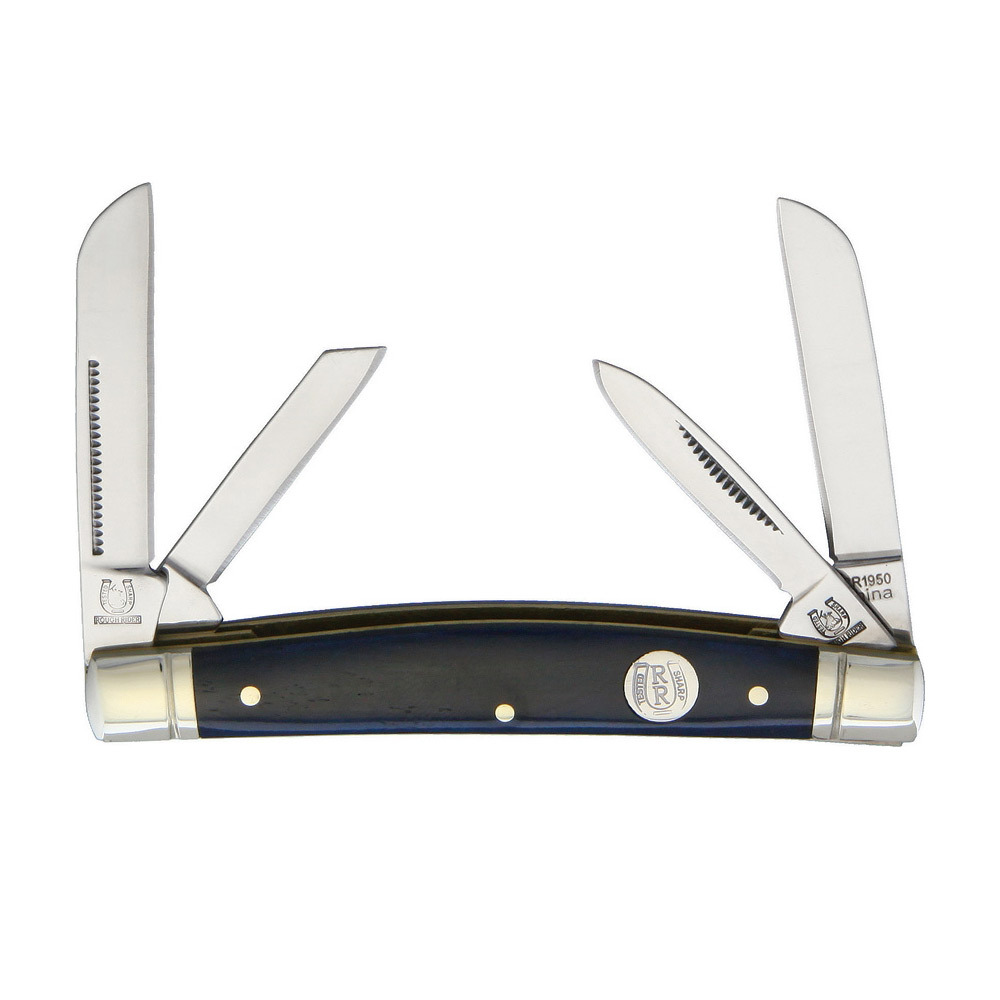
A triple-blade tribute to traditional craftsmanship. The smooth blue bone handle brings serious vintage vibes. Shop now →
Rough Rider Old Southwest Canoe
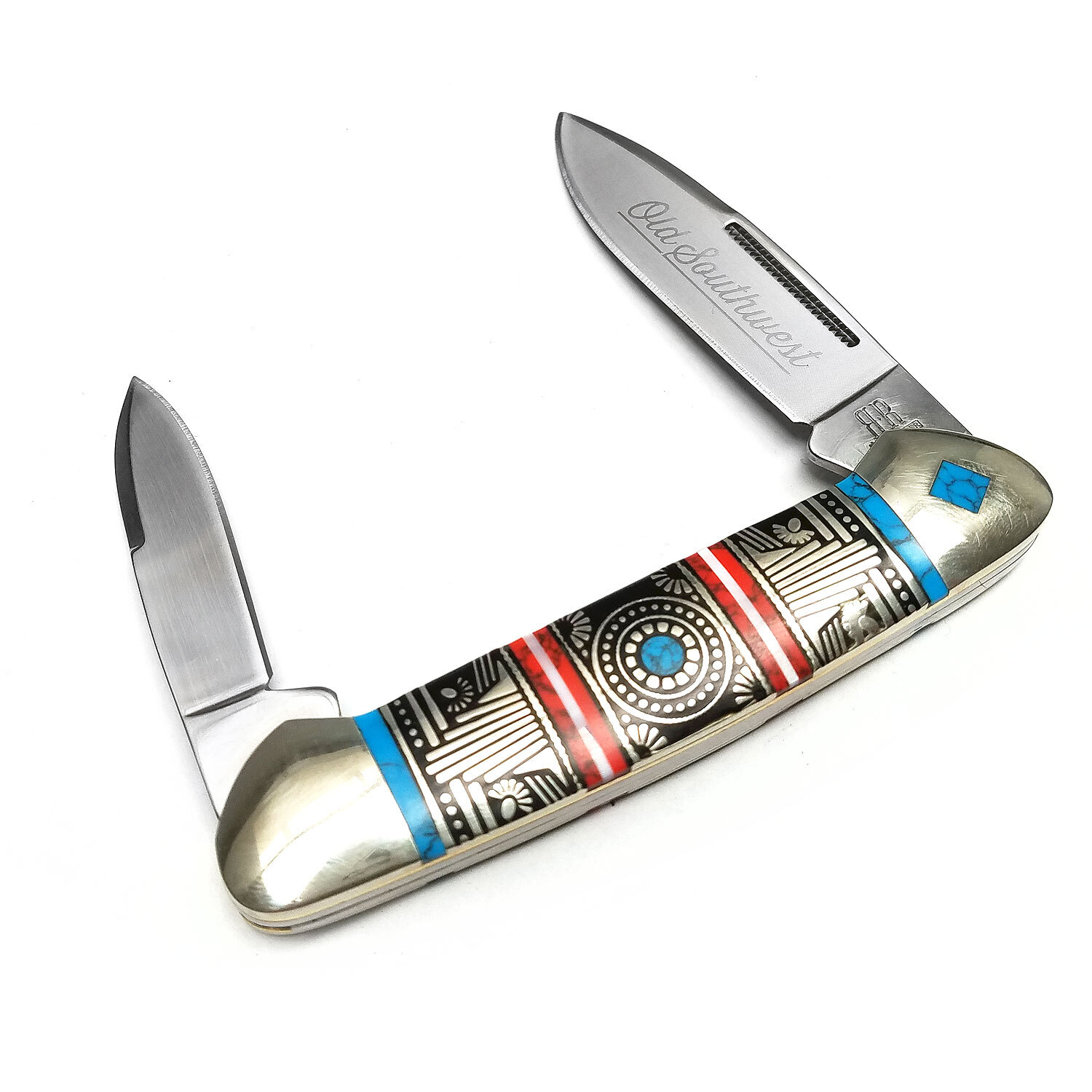
Western flair meets daily function. A collector’s look with everyday practicality. Explore the Canoe →
Schrade Uncle Henry Scout
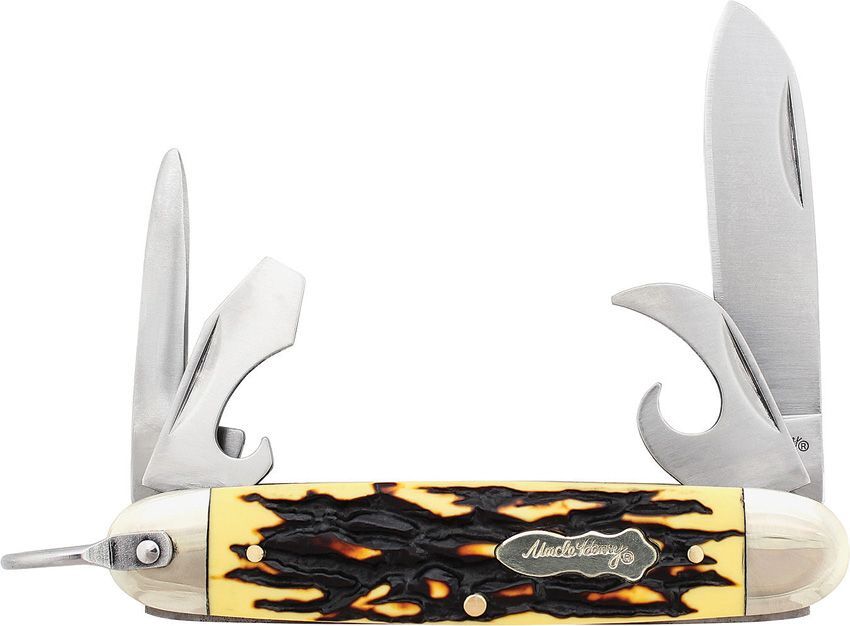
Four classic blades and endless nostalgia. This knife is built for campfire legends. Grab yours →
Schrade Old Timer Golden Bear
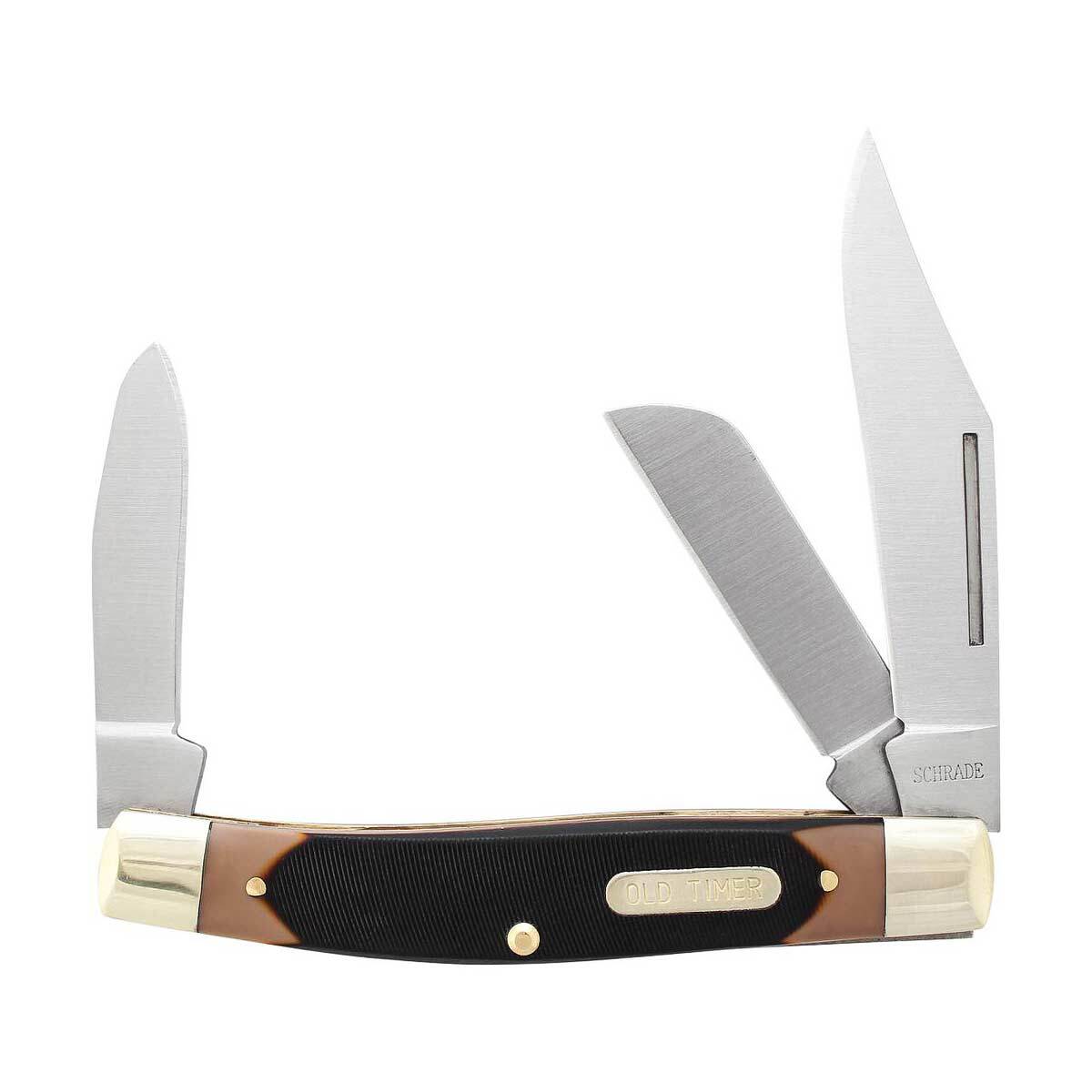
A lockback legend with old-school styling and modern steel. See the Golden Bear →
Modern Pocket Knife Powerhouses
Victorinox Camper – Swiss Army Knife
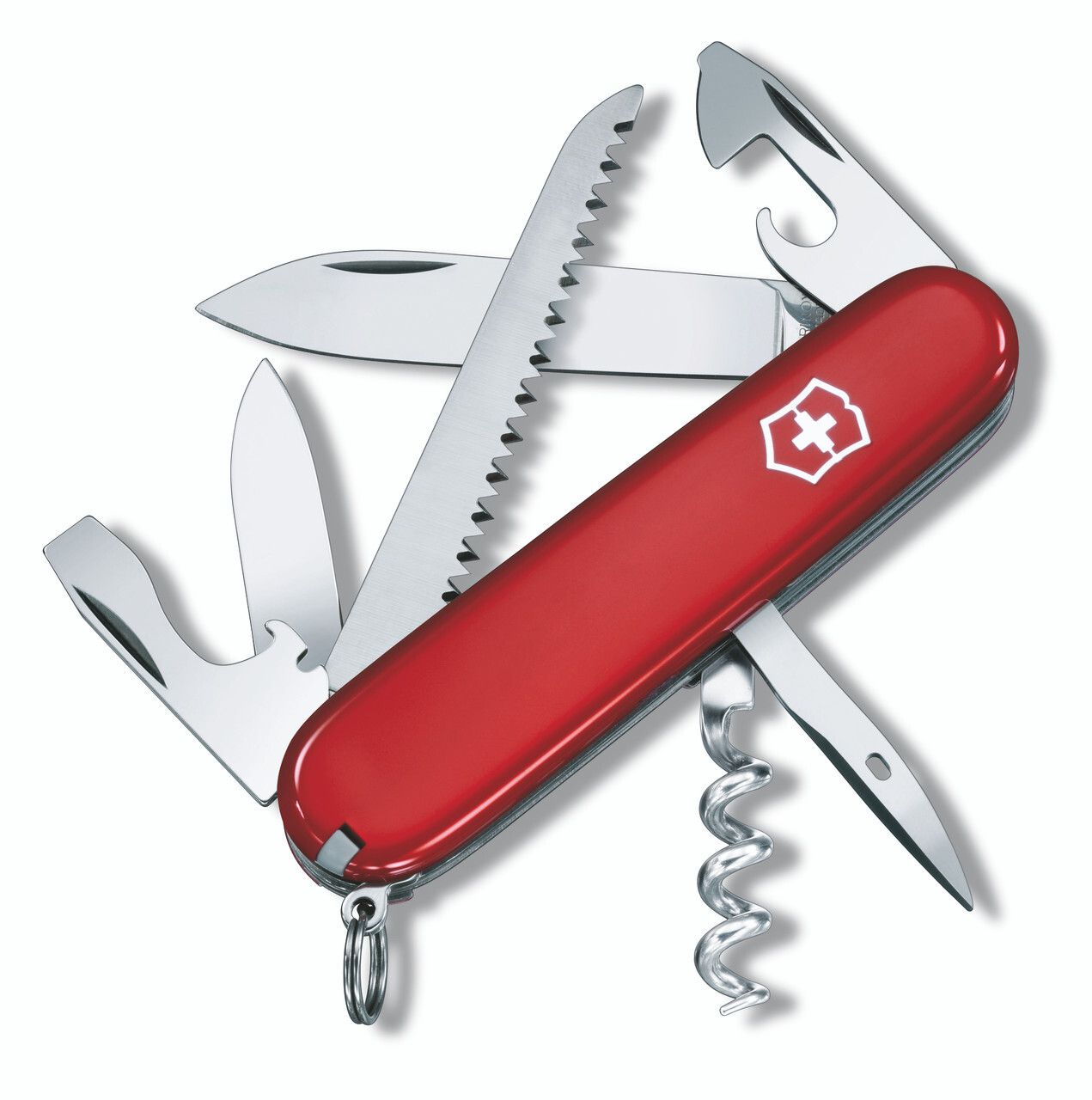
The original adventure multi-tool. Blade, corkscrew, saw—it’s all in one. Camp with confidence →
Victorinox Swiss Champ
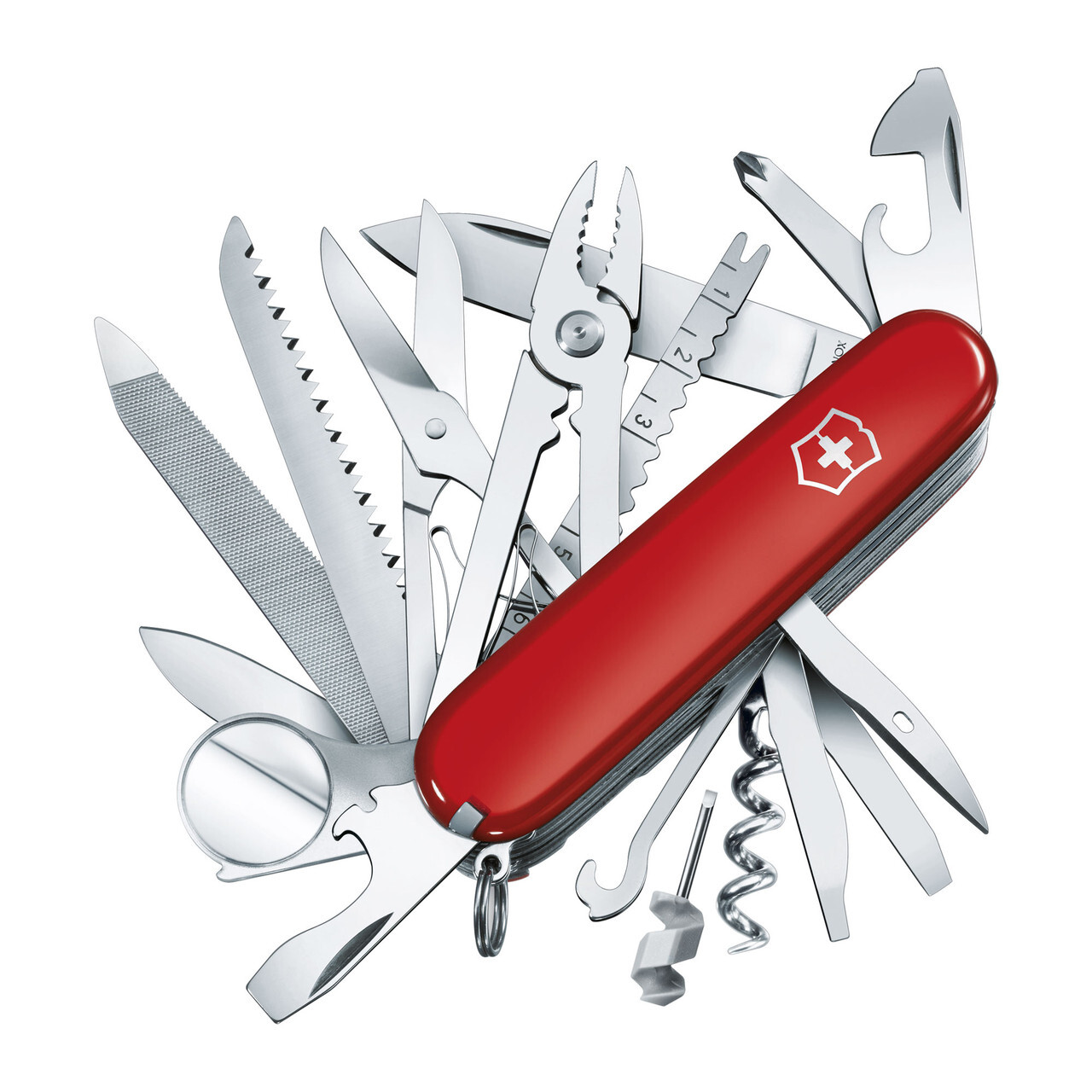
33 functions of pure genius. There’s a reason it’s called the Champ. Meet the legend →
Cold Steel Recon 1 – S35VN Steel
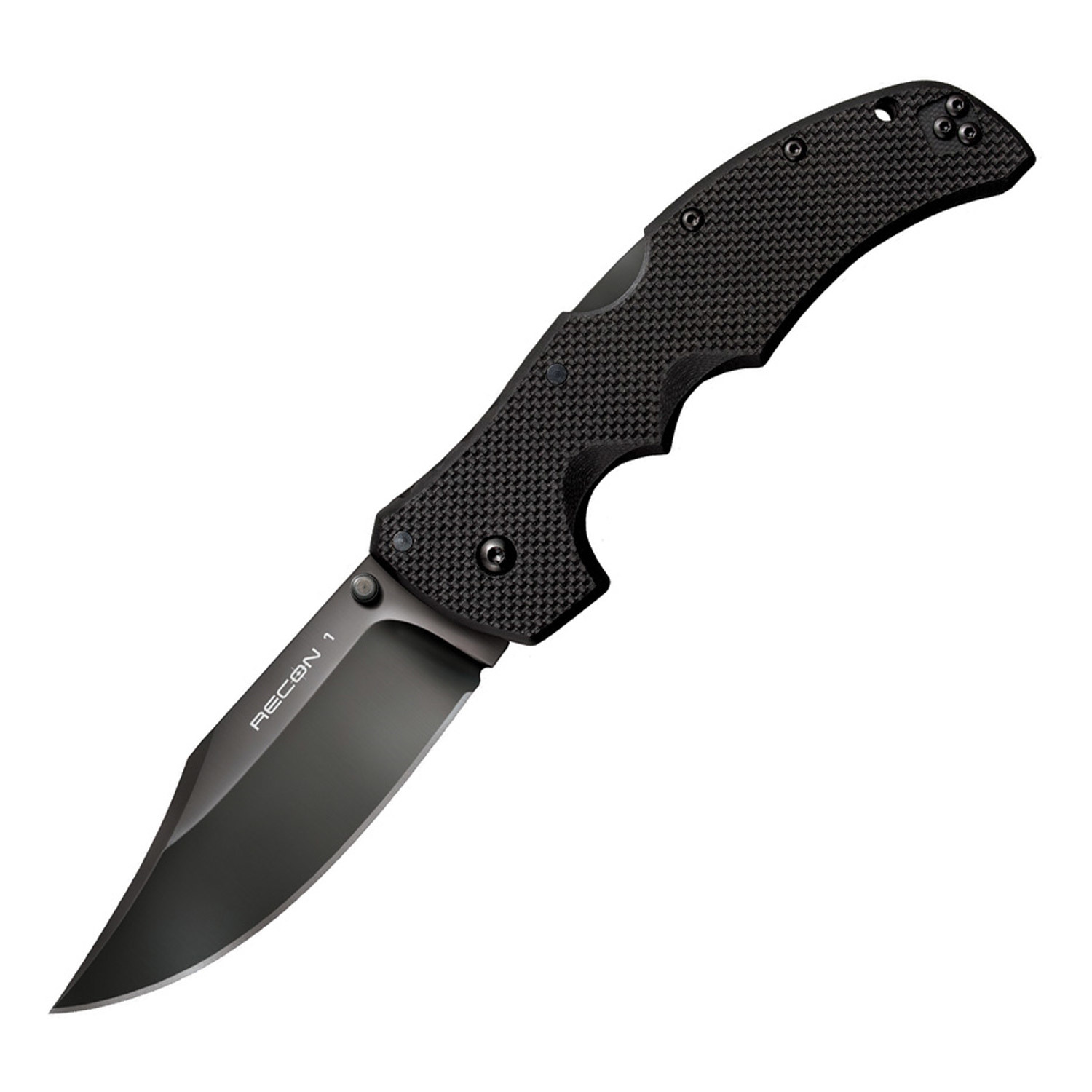
EDC’s tactical beast. Rugged, reliable, and built like a tank. Shop now →
Damascus Folding Hunter
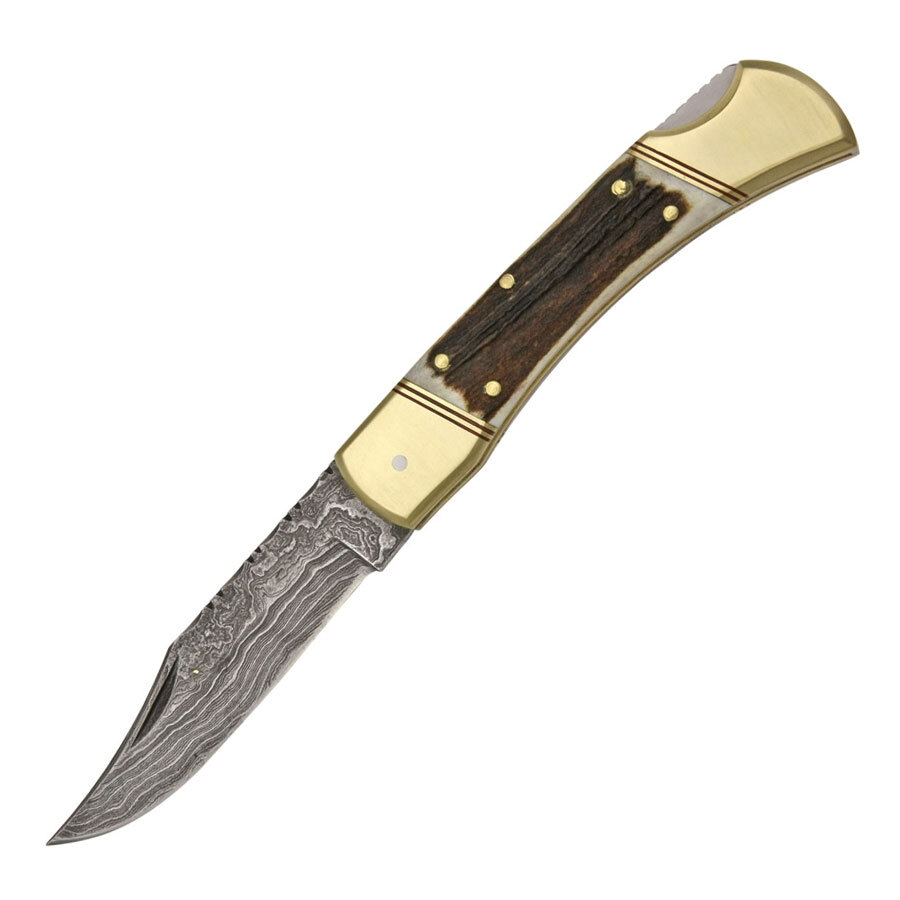
Art you can carry. Hand-forged Damascus steel with timeless appeal. Own it →
Sowbelly D2 Folding Knife
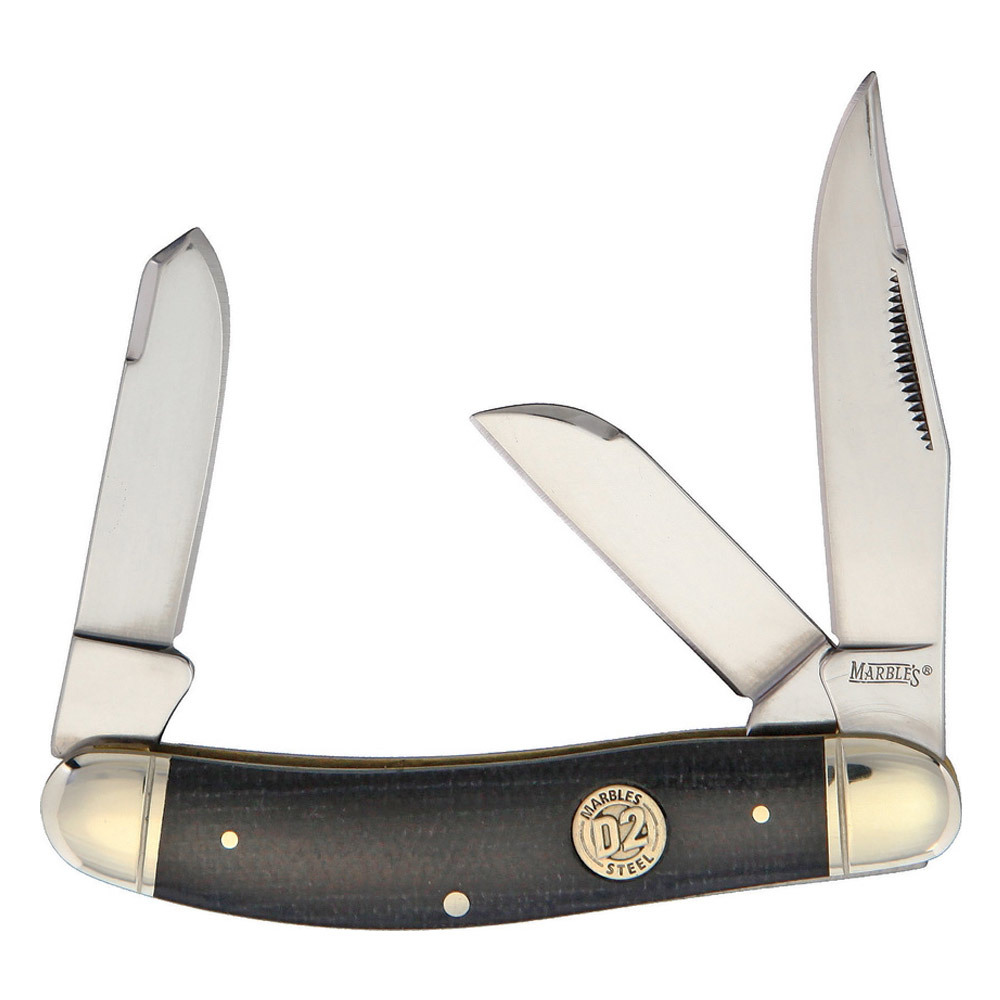
Traditional design, modern toughness. With D2 tool steel and classic sowbelly curves, this folder brings the old-school pocket knife back with updated edge retention. Own the Sowbelly →
Scout King by Dave Canterbury
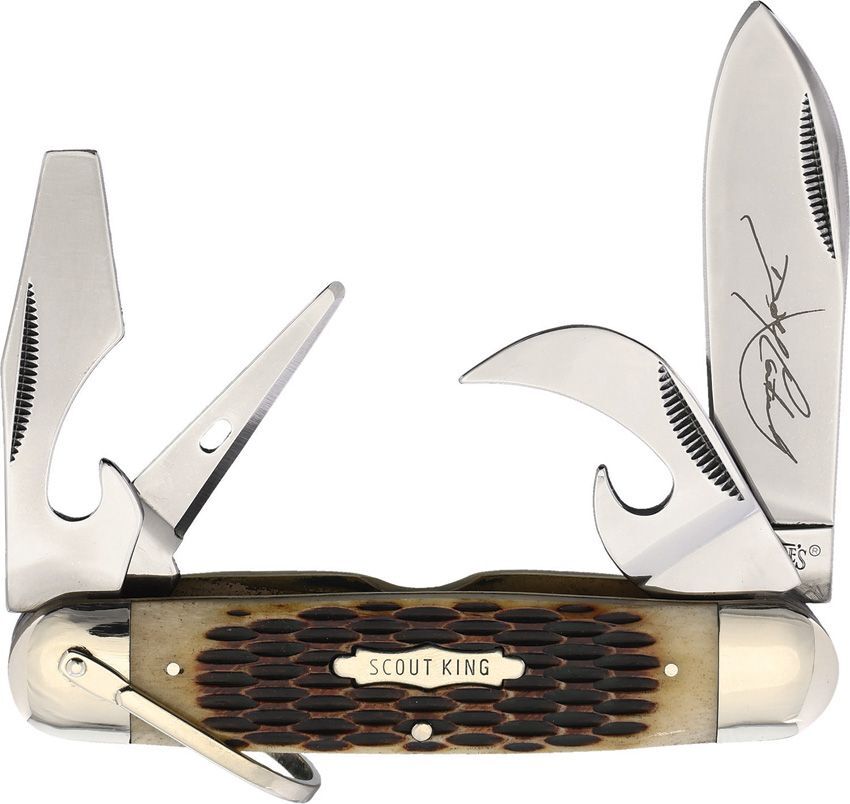
Designed by survival expert Dave Canterbury, this knife is built for bushcraft, fieldwork, and reliability in the wild. A serious scout’s tool for serious outdoorsmen. Explore the Scout King →
Marbles Toothpick – Brown Checkered Bone
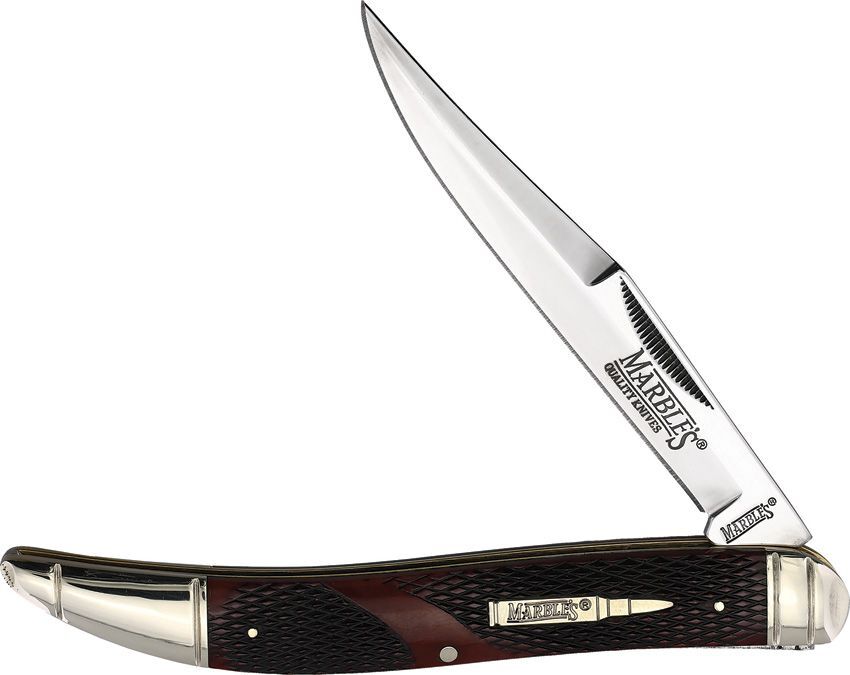
Long, lean, and classic. The Marbles Toothpick is a gentleman’s blade with frontier spirit, featuring elegant checkered bone scales and sleek styling. Pick up the Toothpick →
Pocket Knives in Survival: True Stories of Grit and Guts
Pocket knives are not just for convenience. In some of the most intense and harrowing moments in human experience, they've been the difference between life and death. These true stories offer a chilling reminder: a small folding blade can change everything.
- Aron Ralston (2003, Utah, USA): Trapped by a boulder while canyoneering, Ralston used a basic multitool pocket knife to amputate his own arm after six days—saving his life. His ordeal inspired the film 127 Hours.
- Nebraska Farmer Amputates Leg: Trapped by heavy machinery, this farmer made an unthinkable decision—using his pocket knife to sever his own leg and escape alive.
- North Dakota Farmer vs. Tractor PTO: When his jacket became caught in a power take-off shaft, a farmer used his folding knife to cut himself free before being pulled into the machinery.
- Colorado Rancher Pinned by Pipes: Caught under a collapsing irrigation system, a rancher used his knife to cut rope and free himself from crushing weight.
- Minnesota Canoer Entangled in Rapids: Submerged and tangled in an anchor rope, he deployed his one-hand-opening folder underwater to cut free and survive.
- Wisconsin Deer Hunter Hanging from a Treestand: After falling and being caught by the foot, a hunter used his knife to cut the rope and fall in a controlled descent—avoiding serious injury.
- Iowa Deer Hunter in Icy Stream: After falling into freezing water, he used his Buck 110 folding knife to dig into the bank and claw his way out.
These stories are brutal. Real. And they all prove one thing: when disaster strikes, a reliable pocket knife might be the only thing standing between you and catastrophe.
Carried by the Greats: Famous Figures Who Trusted Their Pocket Knife
From war heroes to presidents, chefs to survivalists, the pocket knife has long been a trusted companion for those who lead, explore, and endure. Here’s a glimpse into the pockets of icons:
Presidents and Leaders
- George Washington: Carried a Barlow knife—practical, durable, and iconic. One of his is on display today at the George Washington Masonic National Memorial.
- Abraham Lincoln: Known for using his Barlow knife in casual storytelling and daily tasks. The knife was as much part of his persona as his stovepipe hat.
- Dwight D. Eisenhower: Regularly carried and gifted a Case 63 pen knife, which came to be known as the "Eisenhower knife."
Explorers and Military Figures
- Chuck Yeager: The legendary test pilot and first man to break the sound barrier—carried a Swiss Army Knife.
- Charles Lindbergh: Carried a Swiss Army Knife on historic flights, relying on it for utility and peace of mind.
- Lewis and Clark: These legendary explorers carried pocket knives during their journey across the American West for survival, gear repair, and field tasks.
Cultural Icons & Adventurers
- Sonny Barger: Founder of the Hells Angels, he carried both pocket and fixed blades as a practical and cultural statement.
- Anthony Bourdain: The globetrotting chef was a vocal proponent of always carrying a small knife for cooking, eating, and travel needs.
- Bear Grylls: Survival TV personality and adventurer—frequently reinforces the necessity of a good folding knife for any outdoor expedition.
Quick Reminder on Knife Laws in Australia
Carrying knives in public is generally illegal in Australia without a valid reason such as work, camping, or food preparation. Self-defence is not a lawful excuse. Laws vary by state and territory.
Always check your local state laws or contact local police for the most current and accurate advice before carrying a knife.
This is general guidance and not legal advice.
A Legacy of Self-Reliance
From the earliest frontiersmen to astronauts and generals, the pocket knife has remained a symbol of self-reliance, utility, and readiness. It’s a quiet declaration of independence—a tool not just for survival, but for the assertion that you’re ready to meet the world head-on.
At Extac Australia, we don’t just sell knives—we carry the stories, legacies, and reliability that generations have trusted. These aren’t just tools. They’re lifelines, legends, and sometimes, lifesavers.
Explore the pocket knives trusted by history’s toughest—and find the one you’ll trust for life at Extac.com.au.
The Ancient History of Pocket Knives
Pocket knives—now everyday tools or collector's items—have a surprisingly ancient origin story. Their development over thousands of years mirrors human innovation in metallurgy, design, and lifestyle. From the early Iron Age to today's modern EDC knives, the folding knife has always been a symbol of practicality and self-reliance.
Origins in the Iron Age
The oldest known pocket knives date back to the early Iron Age, around 600–500 BCE. Archaeological digs in Hallstatt, Austria revealed a folding knife with a bone handle, considered the earliest version of a modern pocket knife. These primitive tools used a simple design—a blade that pivoted into a handle without springs or locks. This friction-based style is still referred to today as a friction folder.
Pre-Roman and Roman Innovations
Folding knives weren’t exclusive to central Europe. Pre-Roman artisans in Iberia also crafted folding blades, with discoveries made in Spain. The Romans helped popularize the pocket knife as a multipurpose tool for soldiers, merchants, and travelers. While their construction remained simple, some Roman knives included improved materials like bronze or iron blades and more refined handles. They were used for eating, repairs, and occasionally, defense.
Medieval to Early Modern Europe
Following the fall of the Roman Empire, the humble folding knife continued to serve as an essential tool across Europe. Through the Middle Ages, most folding knives retained the friction-folder design. But in the 17th century, innovation took off—especially in Sheffield, England, a city destined to become world-famous for its cutlery.
Here, the now-famous "peasant knife" (also known as the penny knife) emerged. Affordable, easy to make, and incredibly practical, it featured a simple blade that pivoted freely into the handle. This no-frills design made it a go-to for farmers, herdsmen, and laborers across Europe—and its influence can still be seen in many modern folding knives today.
Cultural Variations and Regional Designs
As knives spread across the globe, cultures developed their own distinctive takes on the folding knife:
- Spain: The navaja, a large folding knife with a locking mechanism, became prominent in the 1600s after laws restricted sword carrying.
- France: The Opinel knife, with its wooden handle and iconic rotating lock, became a staple for both farmers and hikers.
- Japan: The Higonokami, a minimalist friction folder with a thumb lever, is still made today with traditional techniques.
Industrial Revolution and Technological Advancements
The Industrial Revolution of the 18th and 19th centuries completely transformed the pocket knife industry. Advances in steel manufacturing, mass production, and tool-making led to key innovations:
- Spring-assisted blades for faster, one-handed deployment
- Locking mechanisms for improved safety and stability
- Multi-blade knives, including early versions of the Swiss Army knife
- Improved materials for both blades and handles
This era marked the transition of the pocket knife from a simple tool to a versatile, engineered instrument found in the pockets of workers, explorers, and soldiers alike.
Legacy and Enduring Popularity
Despite centuries of evolution, the core idea of the pocket knife remains unchanged: a folding blade you can carry anywhere. Whether used for survival, daily tasks, or as a collectible, pocket knives continue to be treasured for their utility, craftsmanship, and symbolism.
From ancient salt miners in Austria to Roman legionaries, medieval farmers, and modern EDC enthusiasts, pocket knives have followed us through history—cutting, slicing, and carving a legacy of innovation and independence.
Conclusion
The history of pocket knives is more than just metal and hinges—it's a story of adaptation, culture, and human ingenuity. From Iron Age friction folders to multi-tool masterpieces, the humble folding knife remains one of civilization’s most enduring and beloved inventions.
Looking to own a piece of that legacy? Explore our range of traditional and modern pocket knives at Extac Australia—where history meets steel.
Quick Reminder on Knife Laws in Australia
Carrying knives in public is generally illegal in Australia without a valid reason such as work, camping, or food preparation. Self-defence is not a lawful excuse. Laws vary by state and territory, and prohibited knives include switchblades and butterfly knives.
Always check your local state laws or contact local police for the most current and accurate advice before carrying a knife.
This is general guidance and not legal advice.



